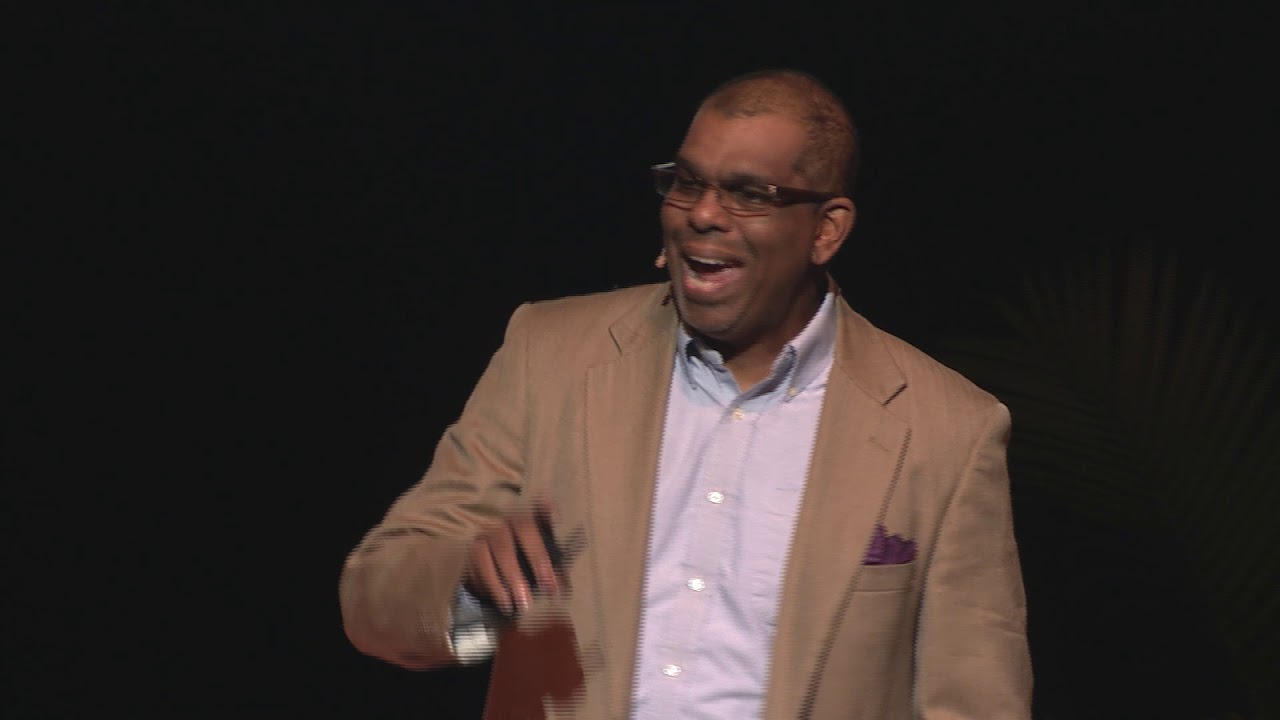The Impact Of News Cycles And 24-Hour News On Society - The Pros And Cons Of A 24-Hour News Cycle On Society
The impact of news cycles and 24-hour news on society has changed the way people consume. The constant news cycle has become a staple of modern society, where information is available at our fingertips at any time of day.
Apr 06, 20232.6K Shares267.5K Views

The impact of news cycles and 24-hour news on societyhas changed the way people consume. The constant news cycle has become a staple of modern society, where information is available at our fingertips at any time of day.
The speed at which news travels, combined with the sheer volume of information available, has had a profound impact on how we view the world and ourselves. This essay will explore the impact of news cycles and 24-hour news on society.

How the 24-Hour Content Cycle and Social Media Threaten Democracy | Ray Marcano | TEDxDayton
When Did The 24-Hour News Cycle Start - Its Role In Shaping Public Opinion
The concept of the 24-hour news cycle began in the 1980s with the launch of Cable News Network (CNN), which was the first 24-hour cable news network in the United States.
Before the advent of 24-hour news networks, most people received their news from local newspapers and television broadcasts, which typically aired only a few hours a day.
In 1980, Ted Turner, the founder of CNN, saw an opportunity to capitalize on the increasing demand for news content by launching a 24-hour news channel that would provide continuous coverage of breaking news events.
CNN's launch was a significant milestone in the history of news media, as it fundamentally changed the way people consumed news and information.
CNN's success inspired other news organizations to follow suit, and by the 1990s, several other 24-hour news channels had launched, including Fox News and MSNBC.
The proliferation of 24-hour news channels and the advent of the internet and social media have created a 24-hour news cycle that never stops.
The rise of the 24-hour news cycle has had a profound impact on the way people consume news and information. With news available around the clock, people can stay informed about breaking news events in real-time, as they happen.
However, the 24-hour news cycle has also been criticized for its emphasis on sensationalism and its role in perpetuating a culture of fear and anxiety.
The constant barrage of news coverage can also be overwhelming and lead to information overload, which can cause people to become desensitized to important news events.
Additionally, the 24-hour news cycle has contributed to the spread of misinformation, as news outlets rush to be the first to break a story and often fail to fact-check their reporting.
The Impact Of News Cycles And 24-Hour News On Society
The 24-hour news cycle has revolutionized the way we consume news, providing us with round-the-clock access to breaking news events, live coverage, and expert analysis.
With the proliferation of cable news networks, online news outlets, and social media platforms, people are inundated with news and information like never before.
One of the most significant impacts of the 24-hour news cycle is the speed at which news travels. With news organizations competing to be the first to break a story, there is increasing pressure to be the first to report on breaking news events.
This has led to a phenomenon known as "breaking news syndrome," where news outlets will interrupt regularly scheduled programming to report on even the most minor news stories.
The speed of news reporting has also contributed to the spread of misinformation, as news outlets rush to be the first to break a story and often fail to fact-check their reporting.
This has created a culture of sensationalism and clickbait, where news outlets prioritize generating web traffic and viewership over responsible journalism practices.
In addition to the speed of news reporting, the 24-hour news cycle has also changed the way people consume news. With news available at any time of day or night, people are no longer restricted to scheduled news broadcasts or newspaper delivery times.
This has created a demand for instant access to news and information, which has led to the proliferation of online news outlets and social media platforms.
The 24-hour news cycle has also contributed to the polarization of news and information. With the ability to choose from a wide range of news sources, people are increasingly able to choose sources that align with their political views, leading to a phenomenon known as "echo chambers."
This has contributed to a widening political divide, with people on opposite sides of the political spectrum consuming vastly different news and information.
People Also Ask
How Has The 24-Hour News Cycle Affected The Way We Consume News?
The 24-hour news cycle has revolutionized the way we consume news, providing us with round-the-clock access to breaking news events, live coverage, and expert analysis. However, it has also led to a culture of sensationalism and clickbait.
What Are The Negative Effects Of The 24-Hour News Cycle?
The constant barrage of news coverage can be overwhelming and lead to information overload, which can cause people to become desensitized to important news events. Additionally, the 24-hour news cycle has contributed to the spread of misinformation and perpetuates a culture of fear and anxiety.
How Has The 24-Hour News Cycle Affected Politics?
The 24-hour news cycle has contributed to the polarization of news and information, with people able to choose sources that align with their political views. This has contributed to a widening political divide and has led to the creation of "echo chambers."
What Is The Future Of The 24-Hour News Cycle?
As technology continues to evolve, the 24-hour news cycle will likely continue to play a significant role in the way we consume news and information. However, news organizations will need to find ways to balance the demand for instant news with responsible journalism practices to avoid perpetuating a culture of sensationalism and misinformation.
Conclusion
In conclusion, the impact of news cycles and 24-hour news on society had a profound on society. While it has provided unparalleled access to information and allowed for greater transparency, it has also contributed to the spread of misinformation, increased anxiety, and a focus on sensationalism.
The sheer volume of information available has made it more difficult to discern fact from fiction, and the constant news cycle has made it challenging to maintain perspective.
As we move forward, it is important to recognize the role of the news media in shaping our understanding of the world and to be mindful of the impact it has on our mental and emotional well-being.
Latest Articles
Popular Articles
